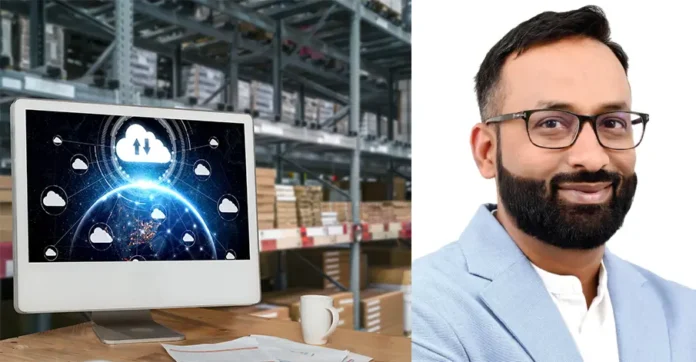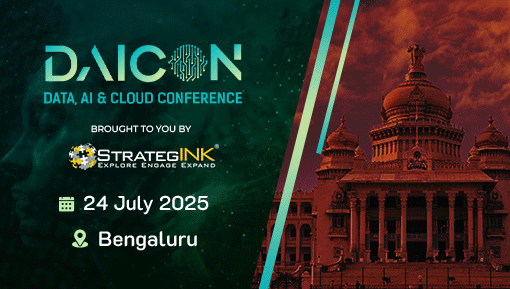
As cyber threats targeting the software supply chain grow increasingly sophisticated, the strategies to defend against them must evolve. The traditional approach of relying on a single tool or standard is no longer adequate. With the integration of artificial intelligence (AI) into the developer toolkit, a more robust and multifaceted strategy is emerging. This article explores how AI, along with other advanced methods and systems, is enhancing the ability to secure the software supply chain.
The Rising Threat to the Software Supply Chain
The software supply chain encompasses all the processes involved in the development, deployment, and maintenance of software, including third-party libraries, development tools, and infrastructure. Attackers target these components to inject malicious code, manipulate data, or disrupt services. High-profile attacks, such as those on SolarWinds and Codecov, have underscored the vulnerabilities within the supply chain and the need for more sophisticated defenses.
The Role of AI in Supply Chain Security
AI is revolutionizing supply chain security by offering capabilities that traditional methods cannot match. Here are some ways AI is making a difference:
- Enhanced Threat Detection
AI algorithms excel at detecting anomalies and patterns that might indicate a security breach. Machine learning models can recognize the subtle signs of a supply chain attack, such as unusual code changes or anomalies in network traffic. These models can continuously improve their detection capabilities as they are exposed to more data.
- Automated Vulnerability Management
AI can automate identifying vulnerabilities within the supply chain. Tools powered by AI can scan code repositories, dependencies, and infrastructure configurations to detect known vulnerabilities and suggest or implement fixes, significantly reducing the time and effort required to maintain a secure environment.
- Behavioral Analysis
AI can analyze the behavior of systems and users to identify potential security threats. By establishing a baseline of normal behavior, AI systems can detect deviations that may indicate a compromised component or malicious activity, allowing for quicker responses to potential threats.
- Predictive Analytics
AI’s predictive capabilities can help foresee potential supply chain vulnerabilities before they are exploited. By analyzing trends and past incidents, AI can provide insights into which parts of the supply chain are most at risk and recommend preventative measures.
Complementary Methods and Systems
While AI is a powerful tool, it is most effective when integrated with other advanced methods and systems. Here are a few complementary approaches:
- Zero Trust Architecture
Implementing a Zero Trust architecture ensures that every component and user within the supply chain is continuously verified, reducing the risk of insider threats and unauthorized access.
- Blockchain Technology
Blockchain can enhance supply chain transparency and integrity by providing a tamper-proof record of all transactions and changes, ensuring all components are secure and have not been altered maliciously.
- DevSecOps Practices
Integrating security into every phase of the development lifecycle, known as DevSecOps, ensures that security considerations are baked into the process from the start, including regular code reviews, security testing, and continuous monitoring.
- Comprehensive Threat Intelligence
Utilizing threat intelligence feeds that provide real-time information on emerging threats can help organizations stay ahead of potential attacks. AI can further analyze this data to provide actionable insights and recommendations.
Conclusion
The integration of AI into the developer toolkit represents a significant advancement in securing the software supply chain. By enhancing threat detection, automating vulnerability management, and providing predictive analytics, AI is magnifying our ability to defend against increasingly sophisticated attacks. However, AI is most effective when used in conjunction with other advanced methods and systems, such as Zero Trust architecture, blockchain technology, DevSecOps practices, and comprehensive threat intelligence. As threats continue to evolve, so too must our strategies, embracing a holistic and adaptive approach to supply chain security.






